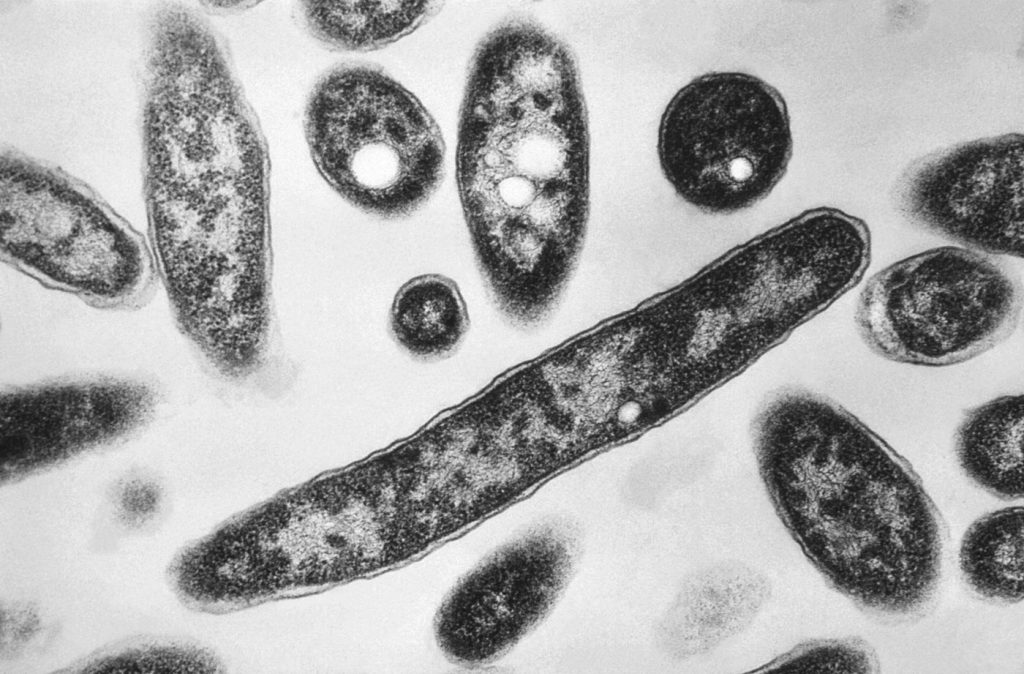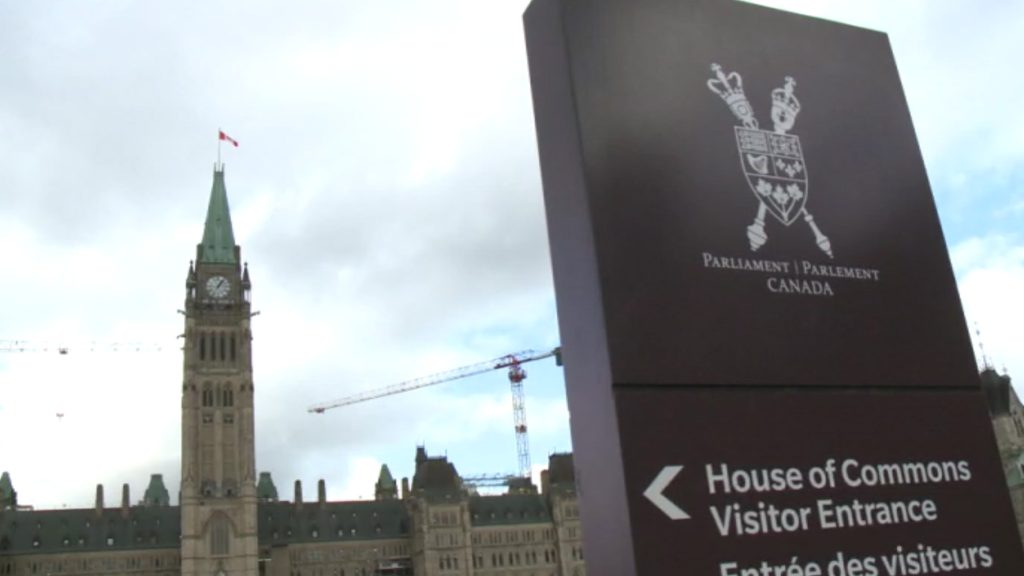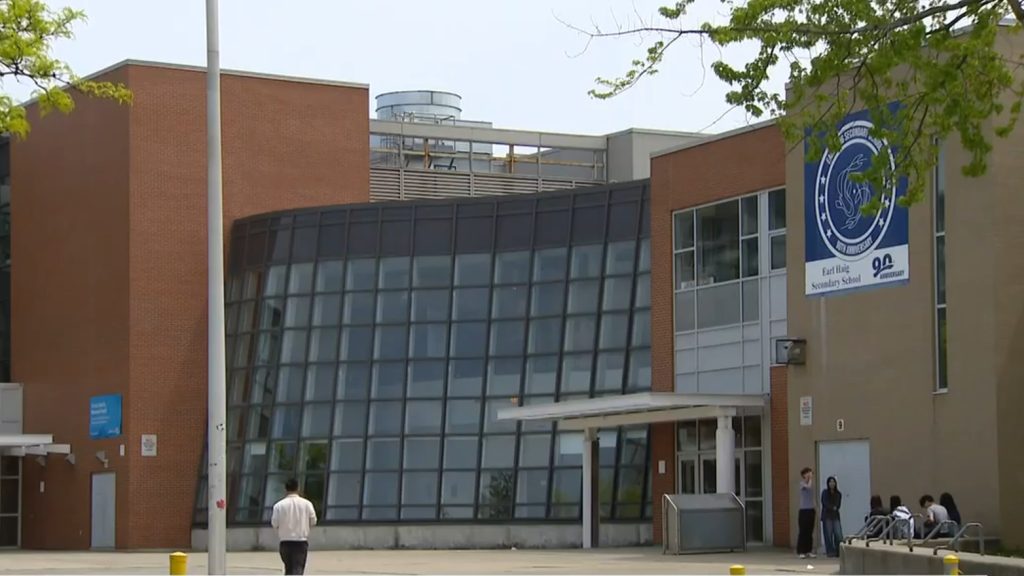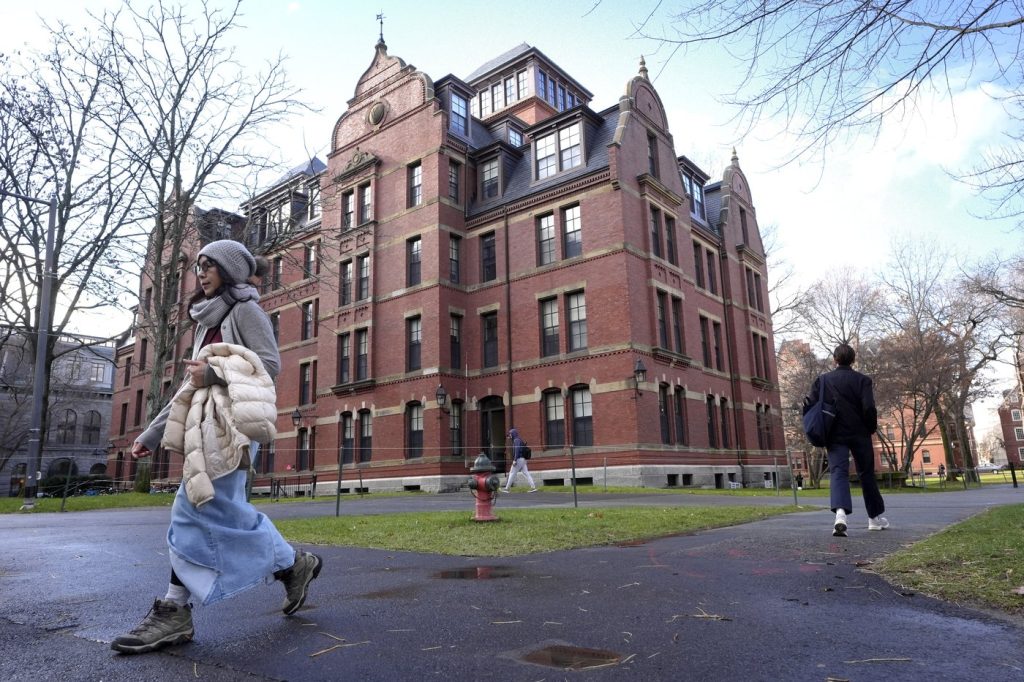NEW YORK (AP) – A fourth fatality linked to a Legionnaires’ disease outbreak in New York City has been reported, as health officials revealed Thursday that several cooling towers, which tested positive for the bacteria, are located in city-operated facilities.
The Legionnaires' disease outbreak, which has primarily affected Central Harlem, began in late July and has already impacted dozens of individuals. As of Thursday, the New York City health department reported that 17 people had been hospitalized due to the outbreak.
Health officials identified the presence of the bacteria that causes Legionnaires’ disease in 12 cooling towers across 10 buildings. These include a city-run hospital and a sexual health clinic. Remediation efforts have been initiated, with 11 of the affected cooling towers already treated. The city has mandated that remediation for the last cooling tower be completed by Friday.
Legionnaires’ disease is a severe type of pneumonia caused by Legionella bacteria, which thrive in warm water and typically spread through water systems in buildings. The ongoing outbreak in New York City has been specifically associated with cooling towers, which operate by using water and fans to cool large buildings.
Individuals who contract the disease may experience symptoms such as cough, fever, headaches, muscle aches, and shortness of breath. According to the U.S. Centers for Disease Control and Prevention (CDC), symptoms can manifest anywhere from two days to two weeks following exposure to the bacteria. This variability in symptom onset complicates the identification of the source and spread of the infection.
Dr. Michelle Morse, the acting health commissioner for New York City, reported that recent data indicate a decline in new cases related to the Central Harlem outbreak, suggesting that the sources of the bacteria have been effectively contained. She urged residents and workers in the area to seek medical advice if they begin to exhibit flu-like symptoms.
This incident underscores the importance of regular maintenance and monitoring of water systems and cooling towers in urban environments to prevent outbreaks of such infectious diseases. Health officials continue to stress vigilance and prompt action to ensure community safety and health.
The Associated Press












